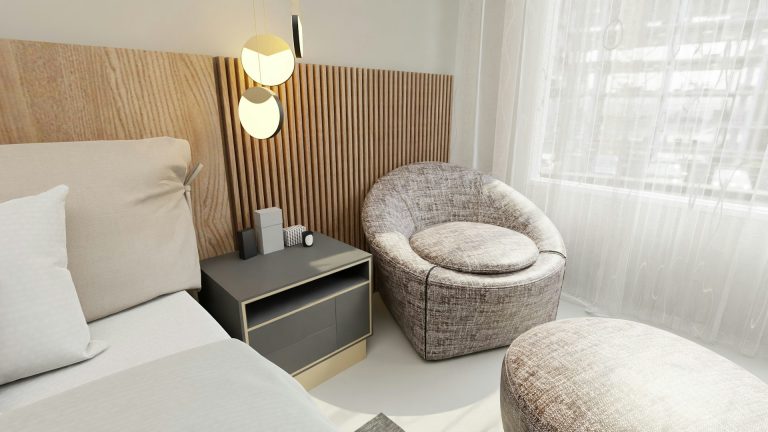## Do TV Screens Actually Serve as Focal Points Within Modern Design?
Modern design, a captivating field, asks many questions. Do you think large-format TV screens now function as dominant focal points within well designed homes? The answer might be more complex than you first imagine and the discourse is important.
***
### The Evolution of Home Entertainment: An Immersive Experience!
The progression to how we enjoy entertainment in our homes is a fascinating journey. For long ago, the radio was king. Then television screens bursted onto the scene, becoming a novel gathering points for families. Initially bulky and boxy, TVs have undergone a striking transformation.
Today, we have large, ultra-thin, high-resolution flat-screen TVs, often integrated seamlessly into our living spaces. The rise of streaming services like Netflix, Hulu, and Amazon Prime Video has only amplified the reliance of having the television on display as a centerpiece. In fact, research indicates that the average household now has approximately 2.3 television sets, displaying a significant investment in screen-based entertainment and its effect on Interior design.
***
### The Argument: TV Screens As Focal Points!
It is often argued that a large TV naturally becomes the visual anchor in the room. Is this something you agree with? A dark, rectangular shape, especially when illuminated with vibrant images, immediately draws the eye. In smaller apartments and homes, particularly, positioning furniture and décor around it makes sense. Also, you can consider that having a TV above the fireplace.
The argument for televisions functioning as focal points also stems from their social role. In family gatherings, the TV might be where people come together for movie nights or sporting events. This makes it not only a design element but also a functional and cultural one.
***
### Counterarguments: The Rise of Minimalism And Intentional Design
However, as we move toward minimalist philosophies, some designers argue against the TV having such prominence. They feel it clashes with the intended elegance and serenity of the space. Some interior designers believes the television’s dominating size and presence detract from the over all harmony and aesthetic, so its not a easy decision when designing a space.
Another point to remember is how TV screens can consume energy and distract from social interactions. The focus shifts from conversation and personal connection to what’s displayed on the television. This brings us to ask if TV’s are detrimental to family well-being. It is a tough question. You have to decide what works best for you.
***
### Design Strategies: Embracing or Hiding the Screen.
How you integrate the television into your space boils down to your personal preferences and design philosophy. If you’re embracing the role of television screen as a focal point, think about your decor. Your interior design may include a large, sleek television console, surround sound systems, and maybe even artwork.
If you’re against the television being a central focus, there are strategies for minimizing its impact. These can include:
* **Concealing the TV:** Hidden inside a cabinet, or covered by a retractable panel, is something to think about when designing a space.
* **Camouflaging:** Use dark paint on the wall behind the TV to help it blend in.
* **Integrating with Art:** Displaying pieces of art around the TV to divert focus.
***
### The Verdict: It all depends?
Ultimately, whether or not TV screens are seen as focal points in modern design is subjective. There are many reasons to allow your televisions to be on display. You can choose to integrate the TV or make it the main point of your room.
With that said, you have to be very careful on how you allow these screens to effect your well-being.
***
### Future Considerations for Home Design
As technology evolves, the role of the TV screen in the interior will shift again. Think about advancements in augmented reality (AR) and virtual reality (VR), and think about these as alternatives to traditional TV viewing. These innovations will perhaps reduce the need for large screens dominating living spaces. Perhaps they won’t, so who really knows?
In the next few years, interior design will probably emphasize greater flexibility and multi-functionality. Maybe the tv will be a piece of furniture. I don’t know. As you move forward, consider both the practical and aesthetic implications of your choices. You should create a living space that works for your lifestyle. Your entertainment can be well-balanced with the overall design harmony.

